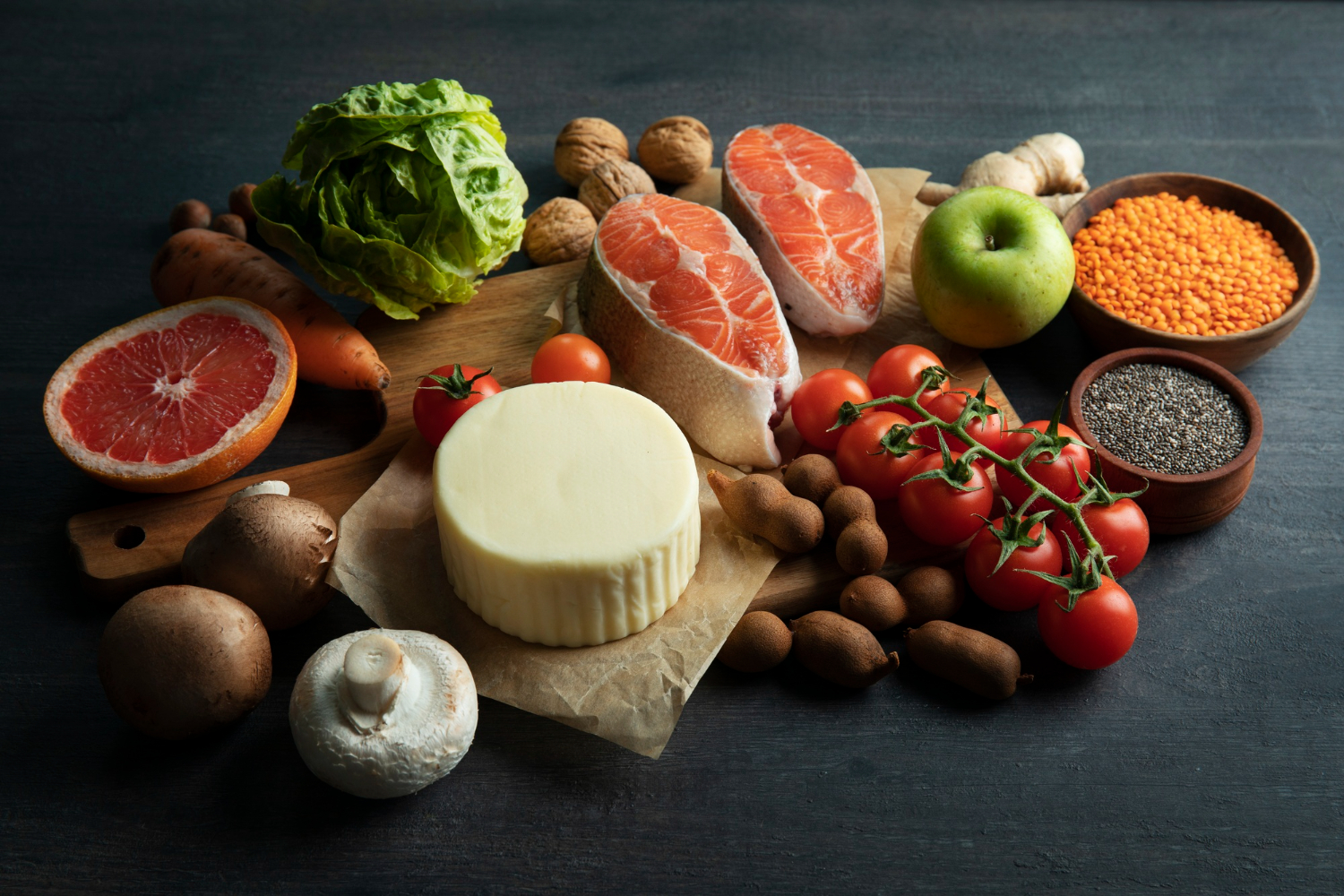Protein is an essential nutrient by nature that plays a crucial role in the growth, repair, and maintenance of tissues in the body.
Consuming an adequate amount of protein can help support muscle growth and development, especially when combined with regular exercise.
It is also important for maintaining a healthy immune system, as it helps the body produce antibodies and fight off infections.
Additionally, it can help regulate blood sugar levels and promote feelings of fullness, which can aid in weight management.
Including it in your diet can also help improve bone health and prevent age-related muscle loss.
Overall, consuming it as part of a balanced diet can contribute to a healthy body and optimal physical functioning.
How much protein is required by the body per day
The amount of protein required by the body per day varies depending on factors such as age, sex, weight, and activity level.
On average, adult men and women should aim to consume about 0.8-1 grams of protein per kilogram of body weight.
For example, a sedentary woman weighing 68 kilograms would need approximately 55-68 grams of protein per day.
However, individuals who are physically active or looking to build muscle may require higher intake.
Those engaged in regular exercise can opt for 1-1.2 grams of protein per kilogram of body weight.
It is recommended to consult with a healthcare professional or registered dietitian to determine the specific protein needs of your body.
Top Animal-Based Protein Sources
Animal-based sources are rich in essential amino acids, which are the building blocks of proteins.
Some of the top animal-based sources include lean meats such as chicken, turkey, beef, and pork.
Fish and seafood, such as salmon, tuna, and shrimp, are also excellent sources.
Eggs and dairy products like milk, yogurt, and cheese are valuable sources as well.
Including a variety of these animal-based protein sources in your diet can help meet your needs.
Top Plant-Based Protein Sources
Plant-based protein sources are excellent options for individuals following a vegetarian or vegan diet.
Legumes, such as beans, lentils, and chickpeas, are rich in protein and also provide dietary fiber.
Soy products like tofu, tempeh, and edamame are complete sources of protein, meaning they contain all essential amino acids.
Nuts and seeds, including almonds, peanuts, chia seeds, and hemp seeds, are also good sources of plant-based protein.
Additionally, whole grains like quinoa and brown rice contain protein and can be incorporated into meals.
By incorporating a variety of these plant-based protein sources into your diet, you can ensure you are getting the necessary nutrients.
Alternative Protein Sources
In addition to animal-based and plant-based protein sources, there are also alternative protein sources available.
Protein powders, such as whey protein, casein protein, and plant-based protein powders, can be convenient options for individuals who need to supplement their intake.
Seitan, a meat substitute made from wheat gluten, is another alternative source for those following a vegetarian or vegan diet.
Insects, such as crickets and mealworms, are emerging as sustainable protein sources that are rich in nutrients.
Alternative protein sources offer diverse options for individuals with specific dietary preferences or requirements.
Incorporating Protein into Your Diet
There are various ways to incorporate protein into your diet to ensure you are meeting your daily needs.
Start by including a source of protein in each meal, whether it’s animal-based or plant-based.
For breakfast, consider having Greek yogurt with berries or scrambled eggs with vegetables.
For lunch and dinner, incorporate lean meats, fish, or legumes into your meals.
Snack on nuts, seeds, or protein bars to boost your protein intake throughout the day.
If you find it challenging to meet your protein needs through food alone, consider adding a protein supplement to your routine.
It is important to balance your intake of protein and essential nutrients to maintain a well-rounded diet.


2 thoughts on “Diverse Protein Sources for a Healthy Body”